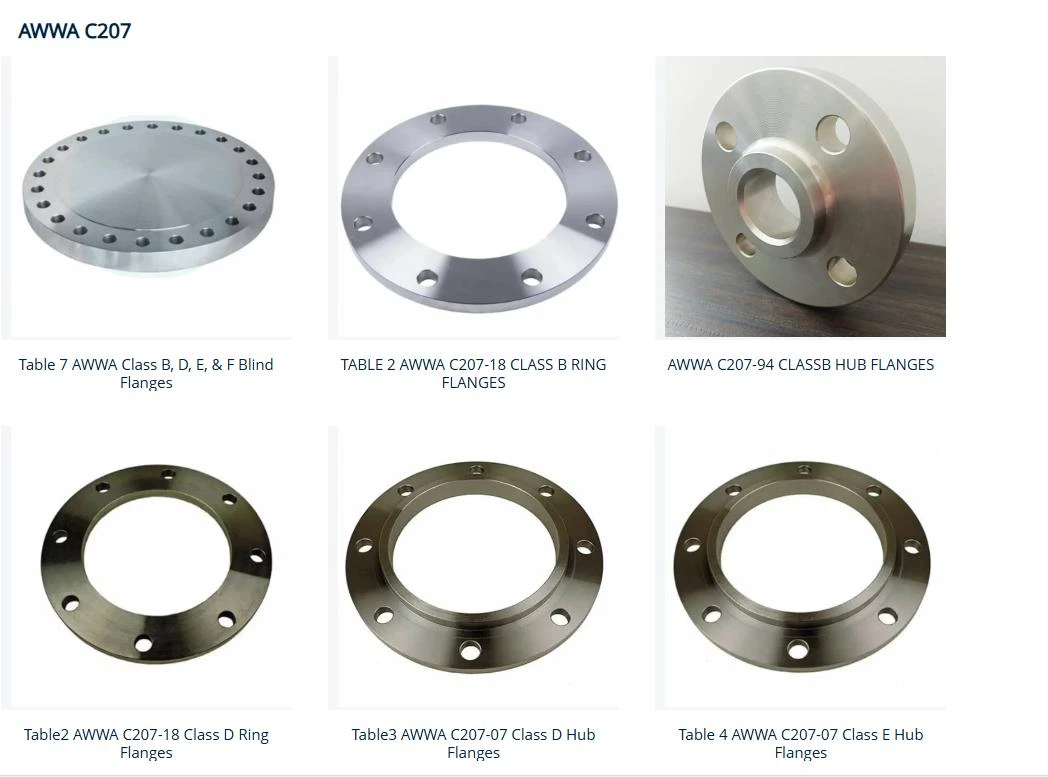-
Cangzhou Yulong Steel Co., Ltd.
-
Phone:
+86 13303177267 -
Email:
admin@ylsteelfittings.com
- English
- Arabic
- Italian
- Spanish
- Portuguese
- German
- kazakh
- Persian
- Greek
- French
- Russian
- Polish
- Thai
- Indonesian
- Vietnamese
- Zulu
- Korean
- Uzbek
- Hindi
- Serbian
- Malay
- Ukrainian
- Gujarati
- Haitian Creole
- hausa
- hawaiian
- Hebrew
- Miao
- Hungarian
- Icelandic
- igbo
- irish
- Japanese
- Javanese
- Kannada
- Khmer
- Rwandese
- Afrikaans
- Albanian
- Amharic
- Armenian
- Azerbaijani
- Basque
- Belarusian
- Bengali
- Bosnian
- Bulgarian
- Catalan
- Cebuano
- China
- China (Taiwan)
- Corsican
- Croatian
- Czech
- Danish
- Esperanto
- Estonian
- Finnish
- Frisian
- Galician
- Georgian
- Kurdish
- Kyrgyz
- Lao
- Latin
- Latvian
- Lithuanian
- Luxembourgish
- Macedonian
- Malgashi
- Malayalam
- Maltese
- Maori
- Marathi
- Mongolian
- Myanmar
- Nepali
- Norwegian
- Norwegian
- Occitan
- Pashto
- Dutch
- Punjabi
- Romanian
- Samoan
- Scottish Gaelic
- Sesotho
- Shona
- Sindhi
- Sinhala
- Slovak
- Slovenian
- Somali
- Sundanese
- Swahili
- Swedish
- Tagalog
- Tajik
- Tamil
- Tatar
- Telugu
- Turkish
- Turkmen
- Urdu
- Uighur
- Welsh
- Bantu
- Yiddish
- Yoruba

Dec . 16, 2024 14:04 Back to list
Cost Analysis of Metal Pipe Materials and Pricing Trends
The Cost of Metal Pipes A Comprehensive Overview
When it comes to construction, plumbing, and various industrial applications, metal pipes play a critical role. Their strength, durability, and resistance to corrosion make them a preferred choice over other materials. However, understanding the cost of metal pipes is essential for budgeting and project planning. This article will explore the various factors that influence the cost of metal pipes, the types available, and tips for managing expenditures effectively.
Types of Metal Pipes
Metal pipes come in various types, primarily categorized based on the material used
. The most common types include1. Steel Pipes Steel pipes are known for their strength and are widely used in construction and industrial applications. They can be further divided into carbon steel, stainless steel, and galvanized steel. Each has its unique properties and cost considerations.
2. Copper Pipes Often used in plumbing, copper pipes are cherished for their resistance to corrosion and high thermal conductivity. While more expensive than other metal options, they have a long lifespan and can be a cost-effective choice in the long run.
3. Aluminum Pipes Lightweight and resistant to rust, aluminum pipes are popular in industries where weight is a critical factor. They are generally less expensive than steel but may not offer the same level of strength.
4. Brass Pipes Brass is a mixture of copper and zinc, making it corrosion-resistant and ideal for plumbing applications. The cost of brass pipes can be higher due to the material composition.
Factors Influencing the Cost of Metal Pipes
1. Material The type of metal significantly impacts the price. For instance, stainless steel is typically more expensive than galvanized steel due to its enhanced properties, including resistance to corrosion and high temperatures.
2. Diameter and Length The size of the pipe plays a crucial role in determining its cost. Larger diameter pipes and longer lengths require more material and thus increase the overall price.
metal pipe cost

3. Manufacturing Process The method used to manufacture the pipes—such as seamless, welded, or cast—affects the cost. Seamless pipes tend to be more expensive due to the complex manufacturing process involved.
4. Market Demand and Supply Like any commodity, the cost of metal pipes fluctuates based on market conditions. Economic variables, such as demand in the construction sector or advancements in manufacturing techniques, can lead to price variations.
5. Finish and Coating Additional protective coatings and finishes can impact the price. For example, pipes that are galvanized or have special coatings for corrosion resistance can be more costly upfront but offer long-term savings through increased durability.
Managing Costs Effectively
1. Bulk Purchasing Buying in bulk can significantly reduce the unit price of metal pipes. Contractors often negotiate prices with suppliers for larger quantities.
2. Supplier Comparison It's advantageous to shop around and compare prices from multiple suppliers. Industrial suppliers may offer discounts or promotions that can lead to significant savings.
3. Consider Alternatives In some cases, alternative materials may provide a similar performance at a lower cost. Assessing the specific needs of a project can help in making a financially sound decision.
4. Lifecycle Cost Analysis Rather than focusing solely on the initial purchase price, conducting a lifecycle cost analysis, which includes maintenance and replacement costs, can provide a clearer picture of overall expenditures.
5. Stay Informed About Market Trends Keeping an eye on market trends and prices can help purchasers time their purchases favorably, especially when predicting price increases due to rising demand or material shortages.
Conclusion
Understanding the cost of metal pipes requires careful consideration of various factors, including material type, size, manufacturing process, and market demand. By making informed decisions and exploring cost-saving strategies, businesses and contractors can effectively manage their expenses while ensuring they choose the right pipes for their projects. Maintaining a balance between cost and quality will lead to better project outcomes and long-term satisfaction.
Latest news
-
ANSI 150P SS304 SO FLANGE
NewsFeb.14,2025
-
ASTM A333GR6 STEEL PIPE
NewsJan.20,2025
-
ANSI B16.5 WELDING NECK FLANGE
NewsJan.15,2026
-
ANSI B16.5 SLIP-ON FLANGE
NewsApr.19,2024
-
SABS 1123 FLANGE
NewsJan.15,2025
-
DIN86044 PLATE FLANGE
NewsApr.19,2024
-
DIN2527 BLIND FLANGE
NewsApr.12,2024
-
JIS B2311 Butt-Welding Fittings LR/SR 45°/90° /180°Seamless/Weld
NewsApr.23,2024











